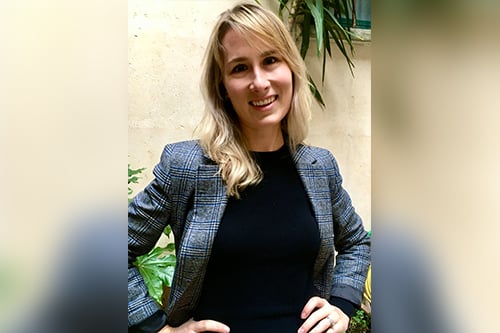

The following is an editorial by Alicja Grzadkowska, senior news editor at Insurance Business. To reach out to Alicja, email her at [email protected].
Last week, QBE CEO Pat Regan was removed from his post following an external investigation into a complaint made by a female employee.In response to this decision by the QBE board, chairman Mike Wilkins noted that the company would move to make it easier for staff to report concerns, while also commissioning an external review of its corporate culture in the aftermath of Regan’s departure, something that is, unquestionably, to be applauded.
Yet, this is far from the first time that players in the insurance industry have fallen into trouble for this type of bad behaviour. In 2019, a Bloomberg story revealed the culture of harassment towards women at Lloyd’s of London, focusing on the accounts of 18 professionals and describing how women were referred to as “box bitches” and ranked between 1-10 on their looks. A few months later, former Lloyd’s leader Dame Inga Beale pointed out that all the women she had hired during her tenure as chief executive of the insurance marketplace, in an effort to bring equal representation to the executive committee, had left.
These inexcusable incidents at insurance companies mirror events in other industries as sectors that have been traditionally male-dominated, such as the tech sector in Silicon Valley, see an influx of gender diversity. They also demonstrate that companies’ aims to diversify their workforces are meaningless if they don’t, at the same time, institute inclusive cultures – two actions that seemingly go hand in hand, yet which many firms fall short of implementing simultaneously.
It’s a troubling sign that many corporations approach diversity and inclusion initiatives seemingly half-heartedly, and without ensuring both that physical workplaces are safe spaces (i.e. free from harassment, prejudice, sexism, and racism – not a lot to ask for) and that leadership is fully committed to these initiatives. It’s no wonder that, as research from Harvard Business Review has found, many D&I programmes fail or are ineffective at changing long-term behaviours.
That gender diversity at senior leadership level in insurance remains low – hovering around 11% despite the fact that insurance companies have a larger percentage of women (60%) in the general workforce compared to other industries –is one of the unfortunate consequences of workplaces that trumpet diversity without focusing on inclusion and implement D&I initiatives without effective follow-through. Time and time again, events like the Harvey Weinstein scandal and other cases of workplaces that haven’t protected employees from unsafe and/or prejudiced individuals reveal that people who don’t feel comfortable in their positions because of these circumstances will leave, cutting off their chances to climb up the leadership ladder.
There are also questions to be asked as to why companies wait to institute changes reactively, instead of taking a proactive approach that’s underpinned by defined goals and targets when it comes to addressing diversity and inclusion. Forbes, for instance, has reported that unconscious bias training and inclusion workshops tend to be implemented as a reactionary measure after a company experiences a scandal, which makes these initiatives appear inauthentic and ineffective.
Paying lip service to D&I while doing little to change corporate culture, until a company’s hand has been caught in the cookie jar, isn’t doing the insurance industry any favours. Instead of waiting for employees to be put in difficult situations, insurance companies should be actively evaluating the inclusivity of their cultures and finding their blind spots before a scandal comes to light – or risk remaining male, pale, and stale in its highest ranks.
